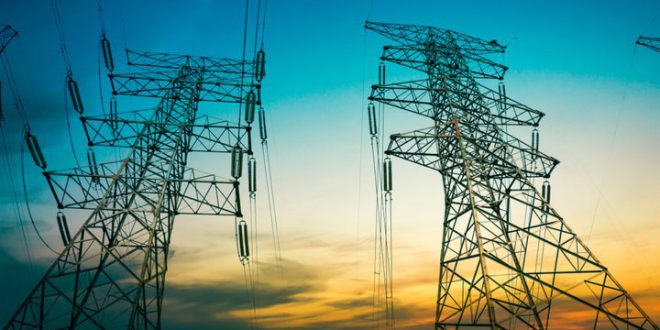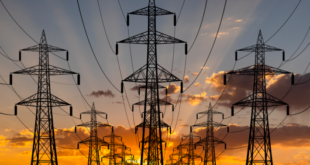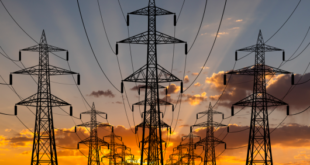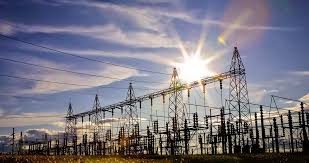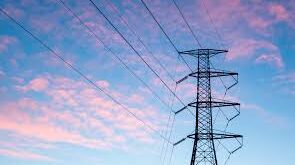There is strong agreement across the energy sector on the next steps to move towards the UK’s 2050 net zero target.
That’s according to the Energy Networks Association (ENA). which has published the responses gathered in its Future Worlds Impact Assessment consultation exploring how best to create a low carbon. smart grid across the country.
The move to a smarter grid is thought not only to help cut emissions but also enable possible savings estimated by the National Infrastructure Commission to be worth up to £8 billion a year by 2030.
The organisation suggests there is a general consensus closer coordination between Distribution System Operators (DSO) and the Electricity System Operator (ESO). which is thought to be a vital first step to delivering a smart grid at the best value for the public.
With over 30 responses. 84% of non-network respondents agreed coordination of procurement and dispatch between the ES) and DSOs was the best place to start this vital transition – many also agreed price signals would play a vital part in any future electricity system developments.
The ENA stresses the government’s net zero target is another opportunity for the networks to work with the whole energy industry. the regulator and the government to create the right regulatory conditions to bring about this transformation.
David Smith. CEO of the ENA. said: “The Open Networks Project is driving forward the changes to the networks that will bring about a dynamic smart grid. bringing wide reaching benefits for homes. businesses and communities.
The proactive work of the networks in opening up emerging markets means the benefits of the future system are already being realised.
 Iran Energy News Oil, Gas, Petrochemical and Energy Field Specialized Channel
Iran Energy News Oil, Gas, Petrochemical and Energy Field Specialized Channel
